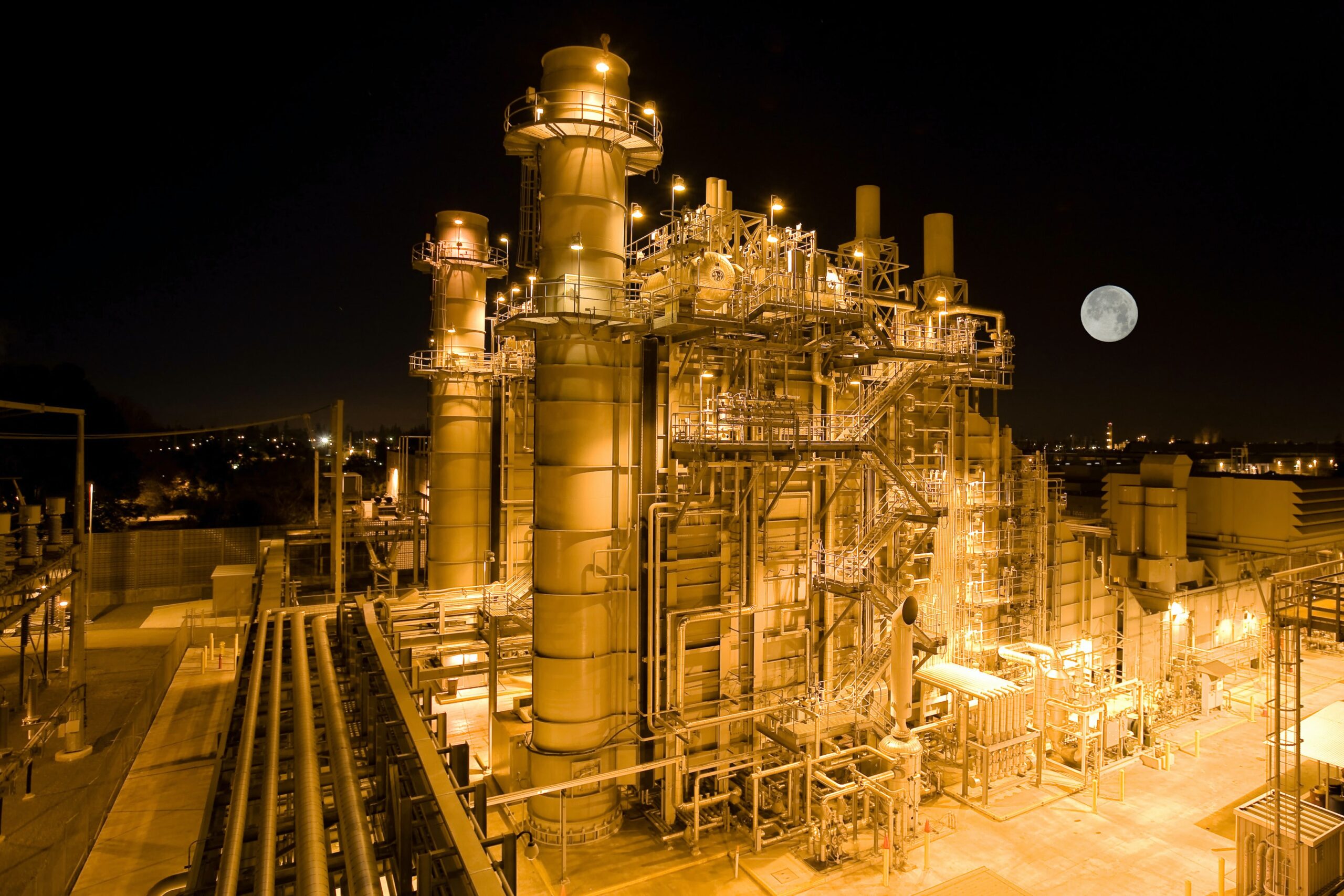As the world continues exploring hydrogen as a possible clean energy source to replace fossil fuels, different countries are finding ways to join the transition. Indeed, there are exist many opportunities associated with green H2. Production, transport, storage, and even conversion are some of the most lucrative opportunities that different countries are positioning themselves to take.
In Namibia, green H2 is already being peddled as the best answer to some of its woes, including energy dependency, economic growth, and the creation of jobs. While, indeed, green H2 might be a good alternative, there are questions about the country’s sole hydrocarbon deposit, Kudu Gas. Some critics of green H2 argue that the future of the deposit is threatened. But is that truly the case?
Well, Kudu Limited, Namibia’s local gas company that is also tasked with the explorations about green H2 has disputed the claims. In a statement, the company argued that the green H2 project is not a threat to Kudu gas in any way. Instead, the two energy projects can co-exist and are, in fact, complementary. The statement continues to say that going by the current trends, the first electricity from Kudu Gas might become a reality by the year 2025 all other factors held constant.
According to Kudu Limited manager, “the future of Kudu Gas…is great” even with the emergence of green H2 projects. He went further to explain that different adjustments have been carried out to allow the Kudu Gas station to encompass alternative solutions. While the project to redesign the station is a huge one, the expected benefits are great and will see the two projects (Kudu Gas and green H2) coexist and complement each other.
Once the project is developed fully, Namibia’s dependence on imported energy will decrease. The power generated will serve the country’s market and even beyond reliably when it comes to electric power. “We are already seeing a potential market for our Kudu Gas within the region…,” added Endresen, the general manager of BW Kudu Limited.
The Kudu gas project is also seen to be a complement to green H2 given the fact that its electrical power can also be used to support both wind and solar power. With such options, Namibia’s reliability and stability when it comes to energy production improve greatly. It boosts the country’s electricity production capacity and status.
It is also worth noting that with the increasing demand for natural gas worldwide, the successful merging of green H2 and Kudu gas might be something to watch. So, countries that position themselves strategically are likely to reap big from the existing untapped opportunities. There are indicators already suggesting that the Kudu Gas Development project offers a great opportunity to Namibia. If it succeeds, it will meet its energy demands and there might be surpluses as well for export.
In a nutshell, the development of Namibia’s natural gas is crucial for its push for clean and sustainable energy. Most importantly, it might be the country’s hope for a solution to its woes already mentioned that include economic growth, employment, and the safeguarding of the environment.



